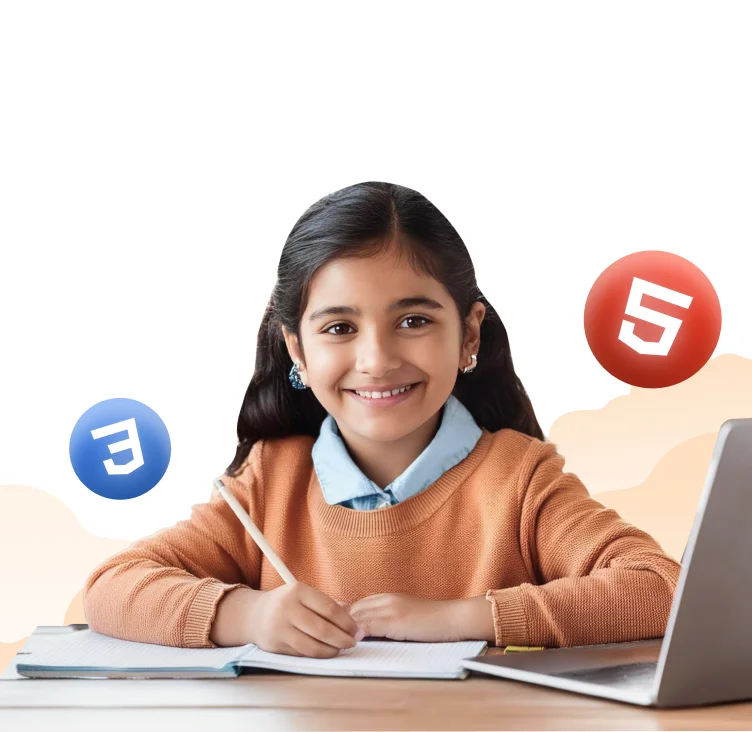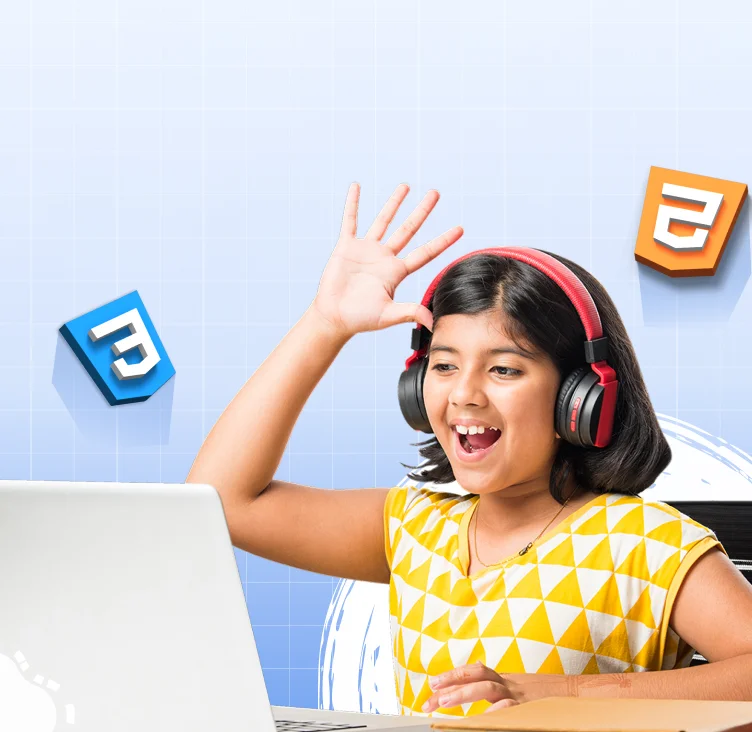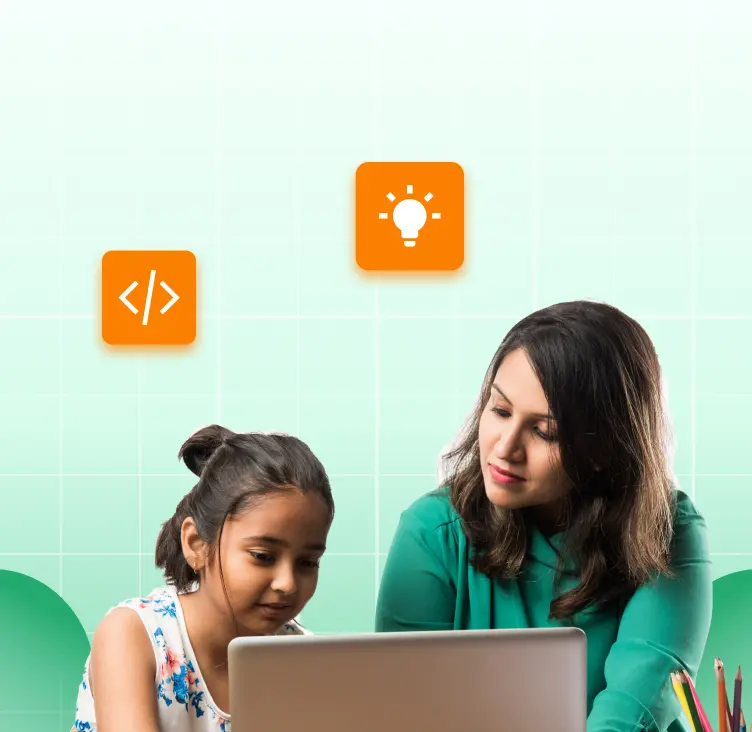Have you ever wondered how to set up a coding environment at home that keeps learners engaged and productive? Whether you are a parent looking to introduce your child to programming or a beginner eager to start coding, having a dedicated space can make a huge difference. A well-organized home programming space fosters concentration enhances learning, and makes coding enjoyable. This guide will walk you through everything you need to create the perfect coding setup for kids or beginners.
What Is a Coding Environment at Home?
A coding environment at home is a dedicated space designed to support programming activities. It includes the necessary hardware, software, and a distraction-free setting that encourages learning.Unlike a regular study area, a home programming space is optimized with coding tools, beginner-friendly platforms, and ergonomic arrangements to make coding comfortable and engaging.
Benefits of Setting Up a Coding Environment at Home
Creating a structured coding setup at home offers numerous advantages. Here are a few of the benefits.
- A dedicated coding space makes it easier for kids and beginners to develop a habit of learning and practicing regularly.
- An organized setup reduces distractions, helping learners focus on coding tasks efficiently.
- Coding requires logical thinking and innovation, which a well-arranged space can enhance.
- Exposure to the right software and coding tools at an early stage builds a strong foundation in programming.
- A well-lit, clutter-free, and ergonomic space ensures better engagement and reduces fatigue.
Steps to Set Up a Coding Environment at Home
Follow these simple steps to create a productive coding environment in your personal space.
1. Choose the Right Location
Select a quiet, comfortable space with minimal distractions. A well-lit corner in a bedroom or a small area in the study room works well. Ensure proper ventilation and lighting to create a comfortable learning-friendly environment.
2. Get the Essential Hardware
Invest in a reliable computer or laptop suitable for coding. Here are some basic hardware recommendations:
For Kids & Beginners: A laptop with at least 4GB RAM and a simple operating system like Chrome OS or Windows.
For Advanced Users: A PC or laptop with 8GB+ RAM and good processing power for complex coding tasks.
Additional Accessories: An external keyboard, mouse, and monitor can improve the coding experience.
3. Install the Necessary Software & Tools
Depending on the learner’s level, install beginner-friendly coding software:
Scratch: Ideal for kids learning basic programming concepts through block coding.
Python: A beginner-friendly programming language with vast applications.
VS Code: A lightweight and versatile code editor for various programming languages.
Code.org & HackerKID: Interactive platforms that offer structured coding lessons.
4. Ensure a Distraction-Free Setup
Minimize Noise: Use noise-canceling headphones or set up in a quiet space.
Declutter the Desk: Keep only essential items like the computer, notebook, and a few reference books.
Use Ergonomic Furniture: A comfortable chair and desk prevent strain during long coding sessions.
5. Introduce a Routine & Learning Plan
Establish a daily or weekly schedule for coding sessions. Start with short practice sessions, starting from 30-45 minutes and gradually increase as interest grows. To bring a structure to your learning process, try out platforms like HackerKID offer interactive coding games and live coding classes for kids of different grades and levels.
Common Mistakes to Avoid When Setting Up a Coding Environment at Home
- Poor seating and desk setup can lead to discomfort and health issues.
- Starting with complex tools may discourage beginners. Stick to easy-to-use coding platforms initially.
- Without a proper learning plan, learners may lose interest quickly.
- Setting up near noisy areas or having too many gadgets nearby can hinder focus.
- Engaging in online coding communities and forums can greatly enhance learning.
How HackerKID Can Help in Setting Up a Coding Environment at Home
HackerKID is a comprehensive platform designed to make coding both fun and educational for young learners, helping parents set up an effective coding environment at home. It offers beginner-friendly coding lessons tailored for different age groups, ensuring that kids receive step-by-step guidance as they build their skills.
With interactive challenges and hands-on projects, learners stay engaged and motivated to explore various coding concepts. The platform also provides live mentorship and a supportive community, allowing kids to seek guidance, collaborate with peers, and enhance their problem-solving abilities.
Moreover, HackerKID emphasizes real-world applications, encouraging children to build projects that have practical value and relevance. By integrating HackerKID into your home coding setup, you can create a structured, engaging, and enjoyable learning experience, setting the foundation for a future in technology.
By integrating HackerKID into your home coding setup, you can provide a structured and enjoyable learning experience for your children.
Ready to Test Your Tech Knowledge? Skip boring quizzes and explore Buzzer, the ultimate MCQ game for kids passionate about computer science and technology! Pick a topic, hit the buzzer, and challenge yourself with exciting gamified questions. Think fast, answer smart, and climb the leaderboard! Play Buzzer now!
Wrapping Up
Creating a dedicated coding environment at home is a powerful way to nurture your child’s curiosity and equip them with essential digital skills. By setting up the right hardware, choosing beginner-friendly software, and fostering a distraction-free, engaging space, you can make coding a fun and rewarding experience. Avoiding common mistakes and using platforms like HackerKID can further enhance the learning journey, ensuring structured guidance and interactive challenges.
A well-prepared coding setup at home provides the perfect foundation for their future in technology for your kid. Start today and watch them unlock endless possibilities!
Frequently asked questions
1. What is the ideal age to start coding at home?
Children as young as 5-7 years old can start learning basic coding concepts through visual programming languages like Scratch.
2. How do I make the coding space more engaging for kids?
Add colorful posters, coding-related books, and hands-on coding kits like Raspberry Pi or Arduino to spark creativity and curiosity.
3. Should I limit screen time for kids learning to code?
Yes, balance is key. Encourage breaks and mix screen-based coding with offline activities like coding worksheets and logic puzzles.
4. What if my child loses interest in coding?
Try introducing coding games, real-world projects, and competitions like hackathons and interactive coding platforms like HackerKID to keep them motivated.
5. Can online coding platforms replace in-person coding classes?
Yes, online platforms like HackerKID provide structured courses and mentorship that can be just as effective as in-person learning.








